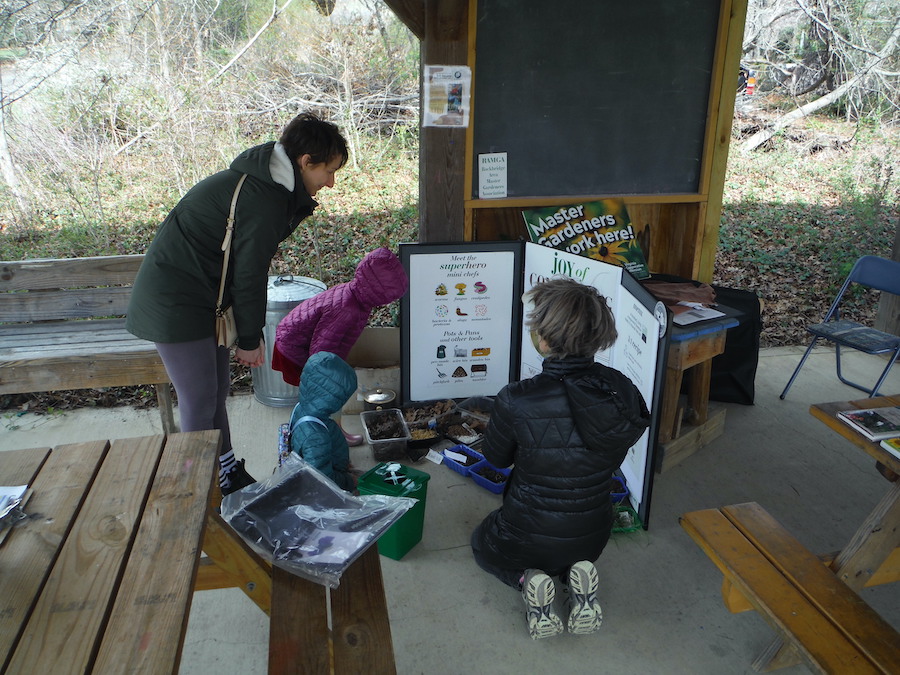
Compost is fantastic for enriching soil, but it generates other possibilities too – like heating houses. Crazy, right? This week we’re sharing some believe-it-or not accounts of compost-as-technology.
First off, have you ever seen an exposed compost pile steaming on a cool morning? Large, well-turned compost piles that maintain a good carbon to nitrogen (brown to green) balance generate their own heat with natural biochemical reactions. These compost piles can maintain an internal temperature of 120 degrees Fahrenheit. Various enterprising folks have harnessed this capability to heat greenhouses, barns, and even homes.
Some of these operations function by running water pipes through the center of the compost pile. The water heats up as it flows through the pile. Once heated, this water can be its own hot water source, or it can provide radiant heating under the floors of any structures that need it. Cornell University’s Small Farms program reports a Vermont cattle operation using the approximately 800 pounds of compost it creates annually “to heat potable water and radiant flooring in its farm facilities.”
In the same spirit, centuries of gardeners have leveraged this heating attribute of compost by creating “hot beds.” Sometimes covered, sometimes not, these specially constructed organic beds provide a warm and healthy place for growing tender plants in climates that would otherwise be too cold. This low-tech approach was very popular in Victorian England for botanically-inclined ladies and gents aspiring to grow heat-loving exotic plants in England’s temperate climate. The hot beds also come in handy for gardeners in more northern parts of the U.S. who want abundant crops of tomatoes and melons.
Last but not least, even a bird species gets in on the action. The Australian Bush Turkey creates a compost pile to incubate its eggs without having to actually sit on them. These birds even monitor the temperature by testing it with their beaks, adding or taking away material as necessary. How cool! (Well, warm!).
While compost-based heating systems are more suited for larger operations like farms and homesteads, it can be fascinating to imagine the possibilities. It’s likely the compost in your own Earth Machine will be warming up in weeks to come as the volume of materials increases, especially if you are adding those browns to the greens. Local compost coach Phyllis Fevrier will share more about this layering process and its benefits in next week’s blog.
Till next time, Citizen Scientists!
